Diethylene glycol monobutyl ether
Synonym(s):Butyl CARBITOL;Diethylene glycol monobutyl ether;Butyldiglycol;BDG;2-(2-Butoxyethoxy)ethanol
- CAS NO.:112-34-5
- Empirical Formula: C8H18O3
- Molecular Weight: 162.23
- MDL number: MFCD00002881
- EINECS: 203-961-6
- SAFETY DATA SHEET (SDS)
- Update Date: 2025-12-17 09:49:53

What is Diethylene glycol monobutyl ether?
Chemical properties
Diethylene glycol monobutyl ether is a colorless, high-boiling liquid with a mild odour. It is miscible in proportions with water, alcohol (methanol), ketones (acetone), ethers (ethyl ether), aromatic hydrocarbons (benzene), paraffinic hydrocarbons (n-heptane), and halogenated hydrocarbons (carbon tetrachloride). As it is an ether-alcohol type compound it possesses solvent action for many substances such as oils, dyes, gums, and natural and synthetic resins. It is used as a high-boiling solvent in nitrocellulose lacquers and other synthetic coatings, baking lacquers, flash-dry printing inks, and dye bath.
The Uses of Diethylene glycol monobutyl ether
Diethylene glycol monobutyl ether(DGBE) is widely used as a solvent for cellulose ester, lacquers, varnishes, cleaners, detergents, dyes, ink, and paint industries. it is also used as an intermediate for plasticizers and a diluent for hydraulic brake fluids, in addition to the production of piperonyl butoxy compounds. In France, its use in the cosmetics industry is permissible, wherein it is used as a solvent in hair dyes with a maximum concentration of 9%.
What are the applications of Application
Diethylene glycol mono-n-butyl ether has a wide variety of applications in Chiral chemistry and green chemistry. It is also used in cosmetics. It is used as diluents and leveling agents in the manufacture of paints and in baking. It is also used in the manufacture of nitrocellulose. In brake fluid, it is used as an additive. It is used in the printing industry due to its slow evaporation rate. It is also used as a fixative for perfumes and antiseptics. It is used as an additive to prevent ice buildup in jet fuel.
Preparation
Diethylene glycol monobutyl ether is prepared by co-heating ethylene oxide and ethylene glycol butyl ether under pressure.
General Description
Diethylene glycol monobutyl ether is a colorless liquid with a mild pleasant odor. Mixes with water. (USCG, 1999)
Air & Water Reactions
Oxidizes readily in air to form unstable peroxides that may explode spontaneously [Bretherick, 1979 p.151-154, 164]. Water soluble.
Reactivity Profile
Butyldiglycol is a ether-alcohol derivative. The ether being relatively unreactive. Flammable and/or toxic gases are generated by the combination of alcohols with alkali metals, nitrides, and strong reducing agents. They react with oxoacids and carboxylic acids to form esters plus water. Oxidizing agents convert alcohols to aldehydes or ketones. Alcohols exhibit both weak acid and weak base behavior. They may initiate the polymerization of isocyanates and epoxides.
Health Hazard
Diethylene glycol monobutyl ether(DGBE) is an eye irritant. It showed low toxicity in test species.Toxic symptoms are similar to those ofother glycol ethers containing two etherealoxygen atoms. Inhalation for brief periods has no significant effect. Contact with liquid causes moderate irritation of eyes and corneal injury. Prolonged contact with skin causes only minor irritation. The high dosescaused pulmonary congestion. No renaldamage was reported. There is no reporton teratogenicity of this compound.
Fire Hazard
Butyldiglycol is combustible.
Flammability and Explosibility
Non flammable
Contact allergens
This organic solvent belongs to the carbitols group and is included in waterbased liquids such as paints, surface cleaners, polishes, and disinfectants. It is considered to be an exceptional allergen.
Safety Profile
Moderately toxic by ingestion and intraperitoneal routes. Mddly toxic by skin contact. A severe eye irritant. Combustible when exposed to heat or flame; can react with oxidizing materials. To fight fire, use alcohol foam, CO2, or dry chemical. When heated to decomposition it emits acrid smoke and irritating fumes. See also GLYCOL ETHERS.
Purification Methods
Dry the ether with anhydrous K2CO3 or CaSO4, filter and fractionally distil it. Peroxides can be removed by refluxing with stannous chloride or a mixture of FeSO4 and KHSO4 (or, less completely, by filtration under slight pressure through a column of activated alumina). [Beilstein 1 IV 2394.]
Waste Disposal
DGBE is mixed with a combustible solventand burned in a chemical incinerator. Smallamounts may be disposed down the drainwith large amounts of water.
Properties of Diethylene glycol monobutyl ether
| Melting point: | -68 °C (lit.)
-68 °C (lit.) |
| Boiling point: | 231 °C (lit.) |
| Density | 0.967 g/mL at 25 °C (lit.) |
| vapor density | 5.6 (vs air) |
| vapor pressure | 30 mm Hg ( 130 °C) |
| refractive index | n |
| Flash point: | 212 °F |
| storage temp. | Store below +30°C. |
| solubility | soluble in Chloroform |
| pka | 14.37±0.10(Predicted) |
| form | Liquid |
| color | Clear Colorless |
| Odor | Mild, characteristic; pleasant. |
| PH Range | 7 |
| explosive limit | 0.7-5.9%(V) |
| Water Solubility | soluble |
| Merck | 14,1557 |
| BRN | 1739225 |
| Exposure limits | ACGIH: TWA 10 ppm |
| Stability: | Stable. Combustible. Incompatible with strong oxidizing agents, strong bases. |
| CAS DataBase Reference | 112-34-5(CAS DataBase Reference) |
| NIST Chemistry Reference | 2-(2-Butoxyethoxy)ethanol(112-34-5) |
| EPA Substance Registry System | Diethylene glycol monobutyl ether (112-34-5) |
Safety information for Diethylene glycol monobutyl ether
| Signal word | Warning |
| Pictogram(s) |
 Exclamation Mark Irritant GHS07 |
| GHS Hazard Statements |
H319:Serious eye damage/eye irritation |
| Precautionary Statement Codes |
P264:Wash hands thoroughly after handling. P264:Wash skin thouroughly after handling. P280:Wear protective gloves/protective clothing/eye protection/face protection. P305+P351+P338:IF IN EYES: Rinse cautiously with water for several minutes. Remove contact lenses, if present and easy to do. Continuerinsing. P337+P313:IF eye irritation persists: Get medical advice/attention. |
Computed Descriptors for Diethylene glycol monobutyl ether
| InChIKey | OAYXUHPQHDHDDZ-UHFFFAOYSA-N |
Diethylene glycol monobutyl ether manufacturer
JSK Chemicals
Agro Chem Corporation
Oswal Udhyog
R J Organics
Global Impex.
New Products
4,4-Difluoropiperidine hydrochloride tert-butyl 9-methoxy-3-azaspiro[5.5]undecane-3-carboxylate Indole Methyl Resin N-Isopropylurea N,N-Dicyclohexylcarbodiimide(DCC) MELDRUMS ACID 5-METHYLISOXAZOLE-4-CARBOXYLIC ACID Magnessium Bis glycinate Zinc ascorbate 1-bromo-2-butyne 2-acetamidophenol 9(10H)-anthracenone Erythrosin B, 4-Piperidinopiperidine 2-((4-morpholinophenylamino) (methylthio) methylene) malononitrile 2,4-dihydroxybenzaldehyde 3-(4-morpholinophenylamino)-5-amino-1H-pyrazole-4-carbonitrile Methyl 2-methylquinoline-6-carboxylate 2,6-dichloro-4-nitropyridine 4-Bromo-2-chlorobenzonitrile 2-(benzylamino)acetic acid hydrochloride 4-(tert-Butoxycarbonylamino)but- 2-ynoic acid 3,4-dihydro-2H-benzo[b][1,4]dioxepine 1-Phenyl-1-cycloprppanecarboxylicacidRelated products of tetrahydrofuran


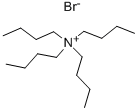
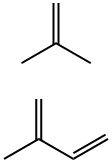




You may like
-
 Butyl carbitol (Butyldiglycol) 98%View Details
Butyl carbitol (Butyldiglycol) 98%View Details -
 Butyl Carbitol 99%View Details
Butyl Carbitol 99%View Details -
 BUTYL CARBITOL. (BUTYL DIGLYCOL) 99%View Details
BUTYL CARBITOL. (BUTYL DIGLYCOL) 99%View Details -
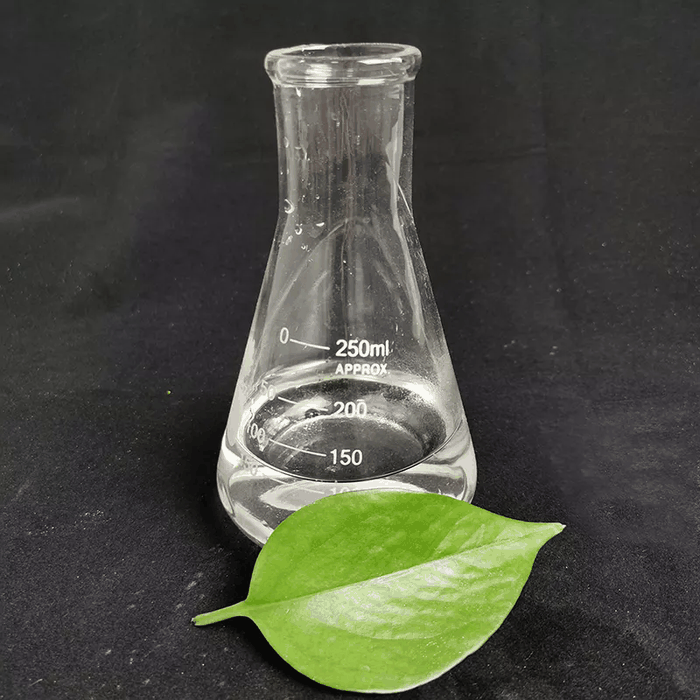 Butyl Di Glycol 99%View Details
Butyl Di Glycol 99%View Details -
 Butyl Carbitol, >99%View Details
Butyl Carbitol, >99%View Details
112-34-5 -
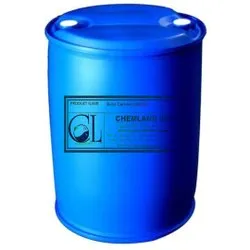 Butyl Carbitol Solvent.View Details
Butyl Carbitol Solvent.View Details
112-34-5 -
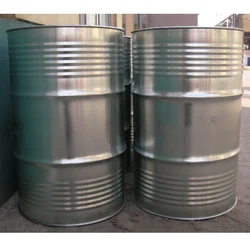 Diethylene Glycol Monobutyl Ether, >99% pure, 200 litres drum for manufacturing plasticizersView Details
Diethylene Glycol Monobutyl Ether, >99% pure, 200 litres drum for manufacturing plasticizersView Details
111-46-6 -
 Butyl Di GlycolView Details
Butyl Di GlycolView Details
112-34-5
